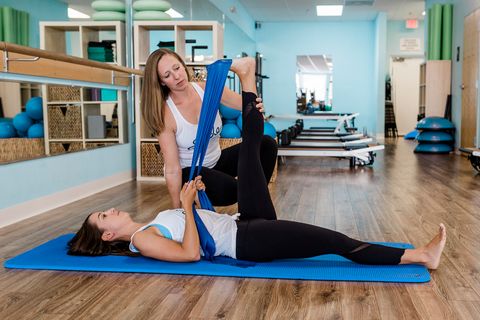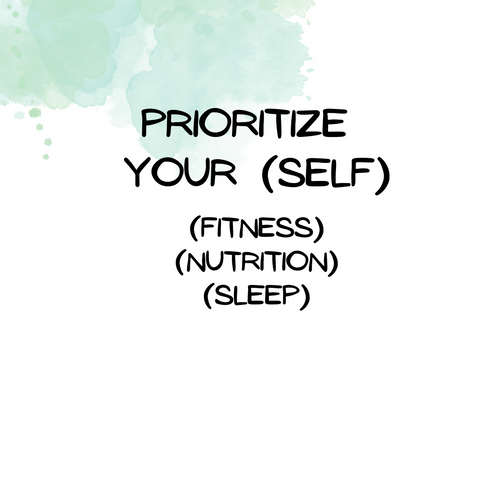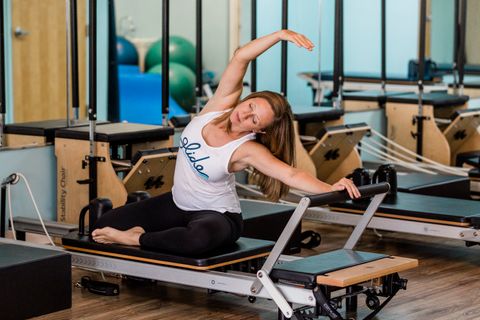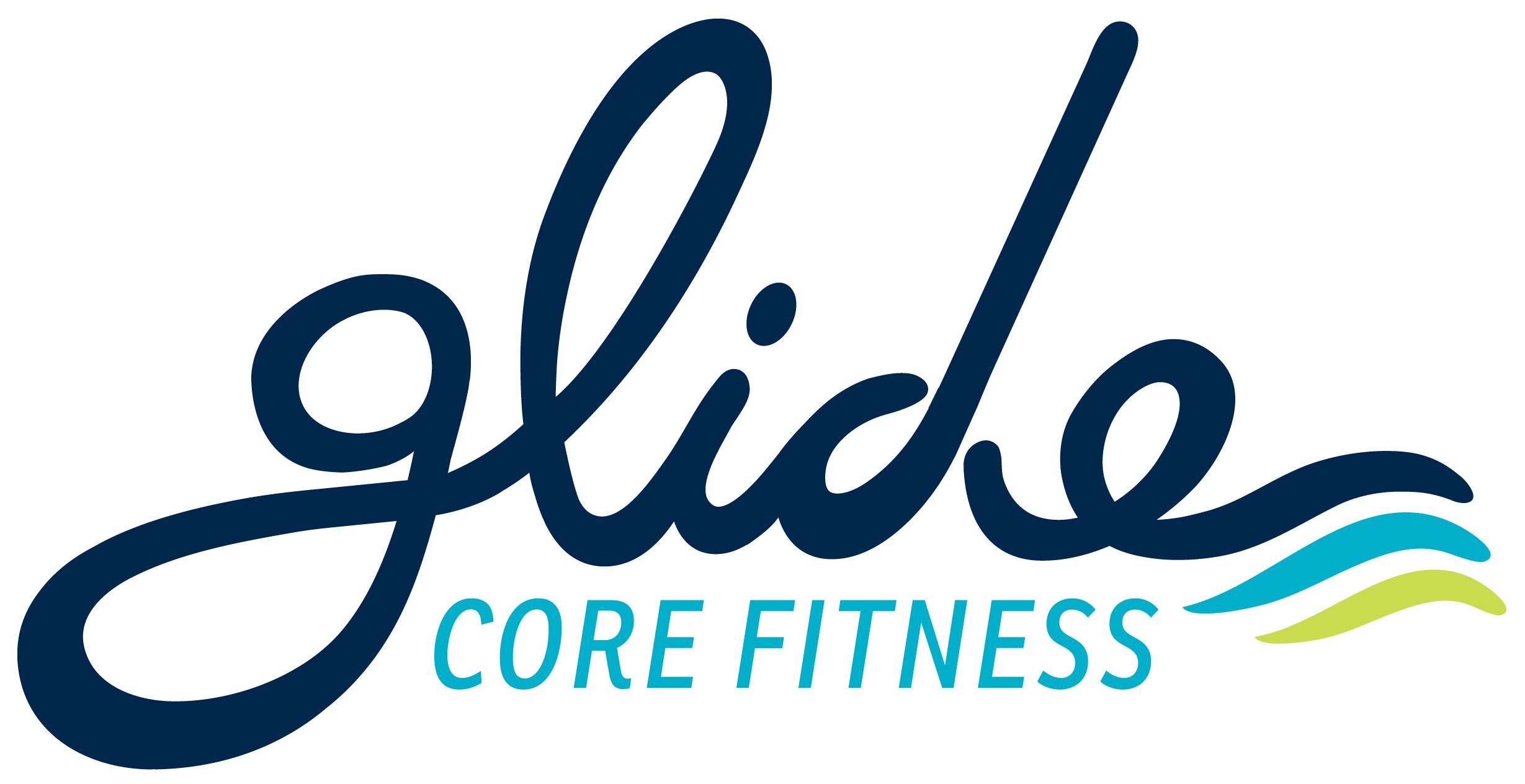Blog

Should I cross-train with Pilates?
Kristen Brasher
According to Wikipedia, "Cross-training is athletic training in sports other than the athlete's usual sport. The goal is improving overall performance. It takes advantage of the particular effectiveness of one training method to negate the shortcomings of another."
Should you cross-train with Pilates? The answer is a definite yes! Our South Florida life-style is very active. Whether you are in to golf, tennis, pickle ball, or running, cross-training with Pilates can help reduce muscle imbalances and overtraining or overuse injuries.
So many of our favorite sports involve repetitive movements which over time can shorten and tighten muscles, leading to injuries to our joints. Without proper stretching or strengthening of our deep core muscles which stabilize our joints, we are more prone to injury.
Much of Pilates is working the muscle in an eccentric contraction, which basically means working the muscle in a more lengthened way. This allows us to feel more of a stretch as we are conditioning and also allows us to get into those deeper, core stabilizing muscles. We are always looking for symmetry between both sides of the body, and work to muscularly balance out.
In my own journey, I have just recently gotten back into running, training for a half marathon. Pilates has given me the tools to quickly add on miles, without the fear of injury. The muscles needed to support running 13.1 miles are constantly being supported by the conditioning of my hip, knee and ankle joints that I get in my Pilates practice. The stretching and lengthening of the muscles help in the recovery process after.
We would be happy to help you in your cross-training and/or recovery process. Please feel free to reach out with any questions you might have!

Prioritize Your (SELF)
Kristen Brasher
I went out for a run after dropping the kids off at school this morning. After registering for another half marathon, I realize I need to start running more consistently. I really am trying to fit it in between plumbing issues at the studio, kids home sick, school obligations, covering for employees, etc., etc., etc. Something always gets in the way. But really, when I stop to think about it, I am the only one in the way of me not running. I am not prioritizing myself.
Things will always get in the way. We never really have enough time to exercise, eat right, sleep, take mental breaks. We have to prioritize this in our own lives, on our own time. We need to make time, find time, create time. If we don't take care of our bodies and our mental health first, we will not have the energy to help anyone else.
So my solution, if I just get up 1 hour earlier on Mon, Wed, Fri, I have an hour to exercise before the kids get up. There is time, I just needed to create it. Can you find time to prioritize yourself during the week and create some positive changes in your schedule? Maybe go to bed 30 minutes earlier? Do a little meal prep on Sunday for some healthy meals during the week? Get up that hour earlier to do some exercise or stretching?
I promise it will be worth it and you will feel so good to put yourself first!
Can Pilates Keep You From Pain?
Kristen Brasher
Can Pilates keep you out of pain?
Have you ever had one of those days when you’re feeling great and then you take one weird step off of the curb and end up hurting your back, knee, hip, etc?
Was it that one step that caused the injury? Most likely not. Most of our injuries come from years of bad alignment habits that will eventually play out when you take that one weird step.
Our posture and our daily habits account for a lot of our injuries. So whether you sit at a desk for hours on end, hold a baby on your hip with one arm while trying to make dinner with the other, drive countless hours hunched over the steering wheel, or swing a golf club repeatedly in incorrect alignment, all of these hours of misalignment make you more susceptible to injuries to come.
What can Pilates do to help me?
Most people, when I ask what their strengths and weaknesses are during their first Pilates session can pinpoint exactly what postural habits are making them more prone to injury. We know that sitting for hours on end hunched over is bad, we just aren’t sure how to fix it.
Sometimes we have no idea where the pain is coming from and it takes observation from a trained instructor to find where our imbalances are. Either way, with great instruction, we can put together a program to get you pain free.
During the first Pilates session, we start by looking at your posture and your alignment. This can be as simple as a roll down exercise to observe the movement of your spine or as complex as a spinal palpitation, depending on how in depth you would like to get into your alignment issues, for example. From there, we will identify which daily habits are causing issues with your alignment and how we can adjust them. Sometimes this is as easy as adjusting the height of a computer monitor or coming up with ways to drive with less tension.
Next, we will put together a program to lengthen our shortened, tightened muscles and strengthen our core stabilizers. Most times small adjustments at home and adding Pilates into your weekly routine can make huge improvements in our posture and pain levels.
Email kristen@glidecorefitness.com if you think you could benefit from a postural and pain-free analysis and we will get you started today!

Just breathe!
Kristen Brasher
Pilates often gets thrown around as a buzzword for exercising your core, but have you ever thought about why Pilates is so essential to your exercise routine? Let's dive a little deeper into why mind body exercise is so important.
Breathing is essential to every day life. We need oxygen to survive. But breathing does a lot more than just a function of keeping us alive. When we focus on our breath we begin to calm the body and the mind. We are able to focus on our body in it's present state. Long, slow deep breaths can slow your heart rate and reduce tension in the muscles.
Breathing correctly helps us to use our bodies in a more efficient and effective way. Proper breath can help to reduce tension in the neck and shoulders, and instead create stronger core muscles by allowing us to access the transverse abdominis (the deepest layer of our abdominals).
So let’s do a quick exercise. Take a few shallow breaths into the upper part of the ribs. Can you immediately feel the tension in the neck and shoulders beginning to form? If we instead think about breathing deeper and more 3 dimensionally into the lower lobes of the lungs, we can not only bring more air into the lungs for greater oxygen flow, but also leave the tension out of our neck and shoulders. Close your eyes and take a few of those deep breaths into the lower lobes of the lungs and into your back, breathing in through your nose and out through your mouth. Imagine a balloon inflating and then deflating deep in your belly. Notice how your abdominals start to kick on wrapping in and around your waist with each exhale. Also notice the tension leaving your neck and shoulders.
This is why breathing is the #1 basic principal in the STOTT Pilates method. Focusing on proper breathing creates a deeper mind body experience that is unique to the Pilates method. We are able to focus more internally on how the body feels, creating proper technique, and maximizing our core strength.
